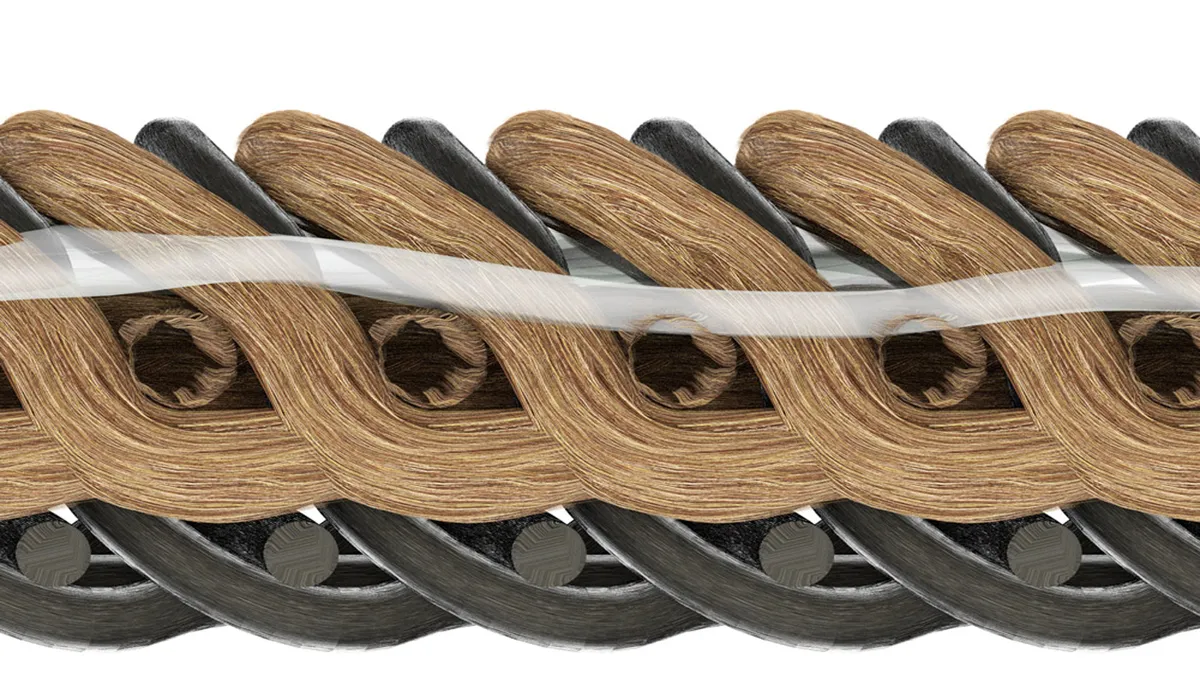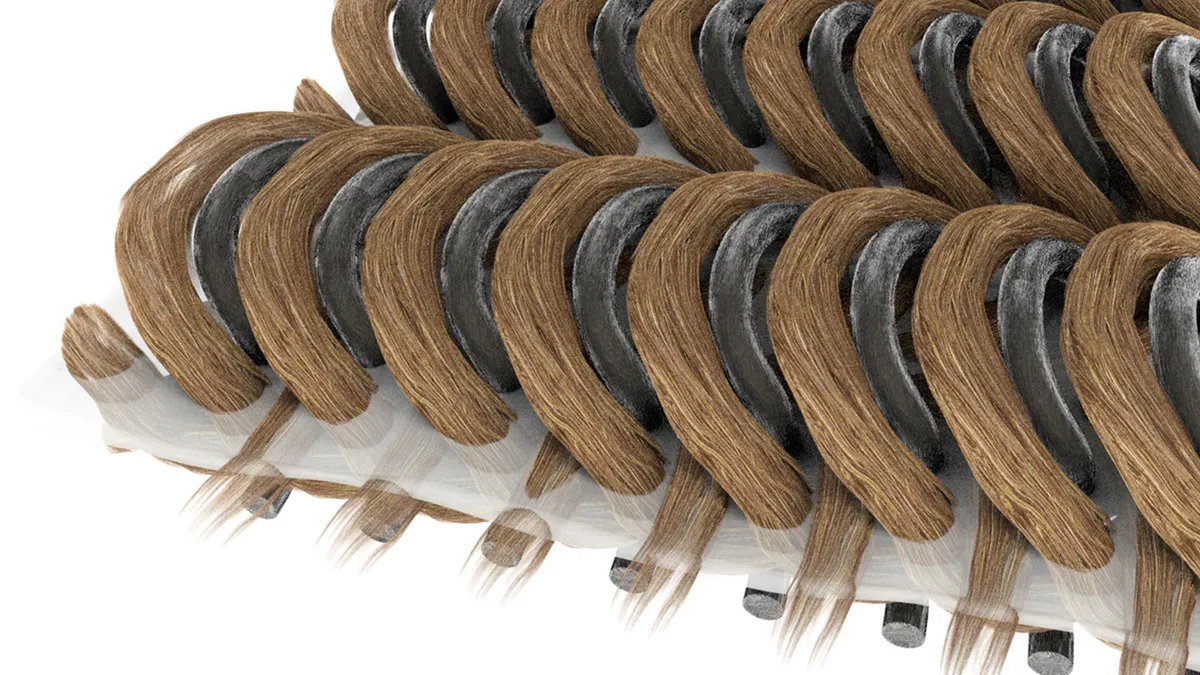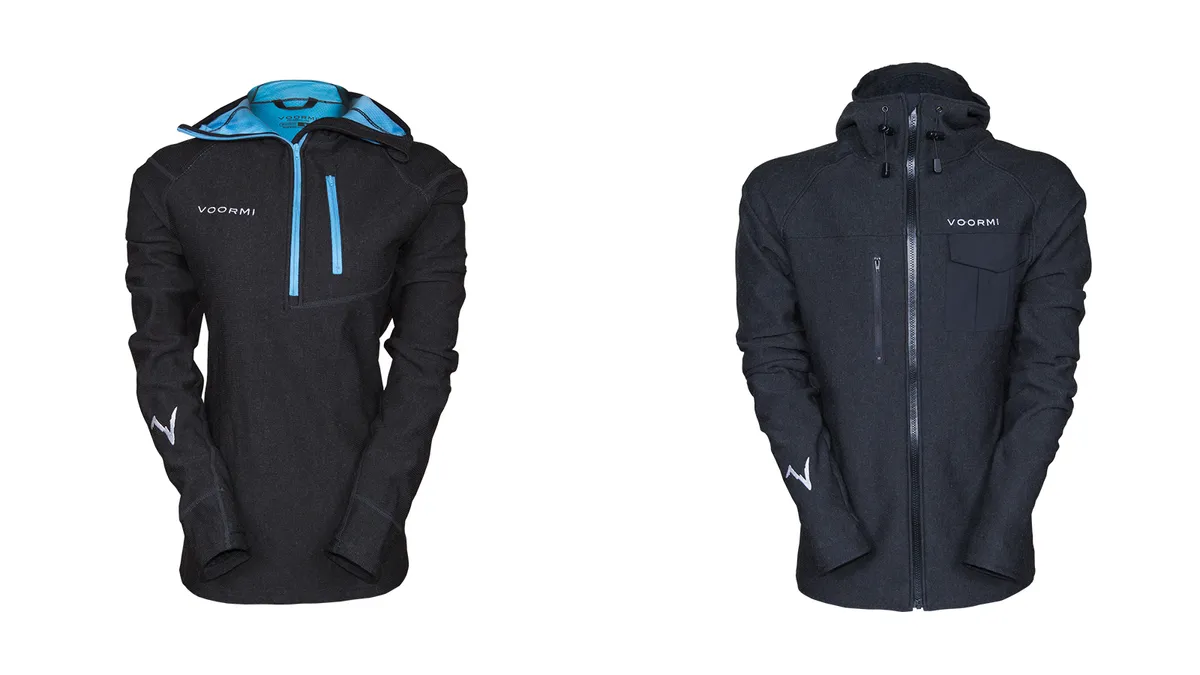Rain storms have long been a conundrum for cyclists. The dreaded rain cape keeps precipitation off your back initially, but as you get warmer can leave you wetter inside than if you’d left it at home – and also risks catching the wind as you're basically riding in a tent. Likewise, while a standard rain jacket keeps the rain water out, it also seals perspiration in.
For more than 40 years, Gore-Tex has set the gold standard for breathable waterproof performance membranes, offering a solution to the wearable sauna issue. But with its new Core Construction technology, small Colorado-based firm Voormi is aiming to change things up a little.
How laminate membranes work
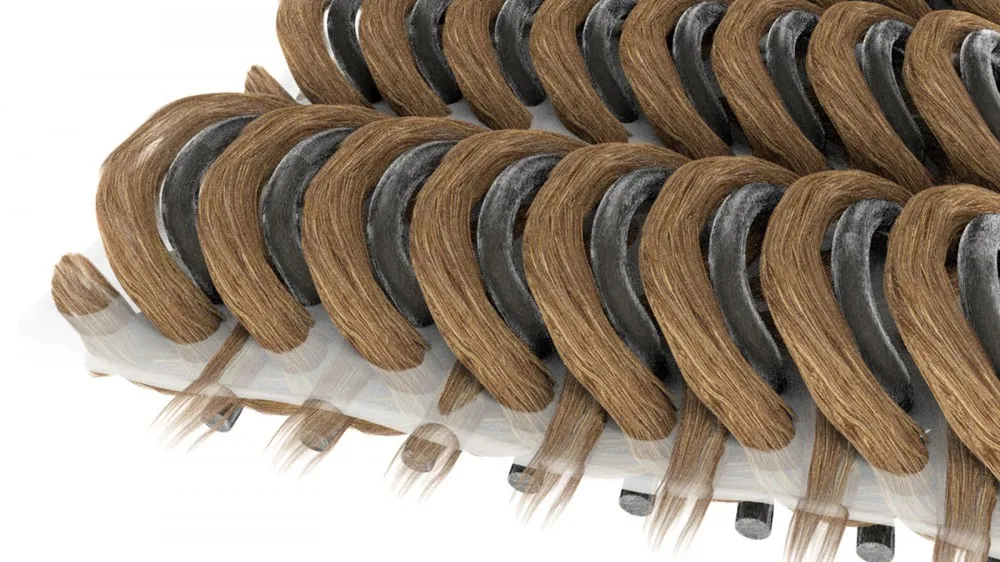
Voormi's Core Construction claims to bring the advantages of a three-layer laminate fabric down to a single layer
Until recently, laminate fabrics that involve bonding waterproof breathable membranes between two layers of fabric, which have been standard in ski outerwear for some time, have been too heavy for cycling use – and glueing also hinders air permeability. However, with advances in fabric technology we're now seeing more laminated materials used in cycling-specific garments, combining the opposing qualities of waterproofing and breathability.
Gore-Tex, Windstopper, and eVent are all internal membranes, which are sandwiched between two other materials – usually something abrasion resistant on the outside, with a soft liner on the inside. Even the game-changing Castelli Gabba Jersey is made using a Windstopper laminated fabric.
The reason these lamination techniques allow for water repellent characteristics is that the inner membranes are actually full of holes. This may seem counter intuitive, but a Gore-Tex membrane boasts nine billion pores, each 1µm – a millionth of a metre – wide, per square inch. The holes are big enough to allow water vapour created by sweat evaporation to escape, but are too small for water droplets to sneak through.
These internal membranes are quite fragile, which is why there's an abrasion resistant layer on the outside of the garment. This outer layer receives what's called a durable water repellent (DWR) treatment, helping to reduce the formation of condensation. The problem with DWR treatments is that they eventually wash away, causing a jacket to ‘wet through’, meaning the moisture escaping from inside saturates the outer fabric, clogging the pores and eliminating breathability.
When a jacket stops breathing, the moisture your body creates gets trapped inside, creating that unpleasant steaming sensation.
Most outerwear today is based upon this three layer lamination, and while the fabrics and membranes are continuing to evolve, the process is dated.
The Core Construction revolution
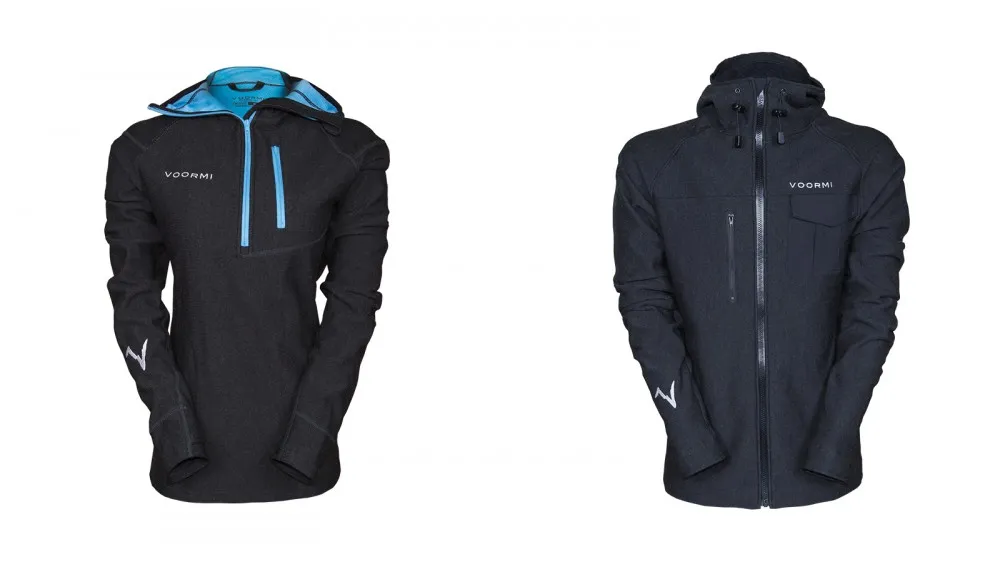
While the first two Core Construction jackets aren't cycling-specific, the knitting process can be applied to any fabric – including Lycra
Imagine your favourite cycling jersey. It’s soft and comfortable, right? Now imagine that same jersey with waterproof and windproof properties woven in, but retaining its feel, fit and comfort. This is what Voormi’s Core Construction claims to facilitate.
Instead of laminating a membrane between two layers of fabric, the Core Construction technique, according to Voormi, enables a single layer of fabric to carry the same properties as its multilayer counterparts.
“What we came up with is essentially a process where we take a waterproof membrane, and rather than laminating it, we actually insert it into the knitting machine during the knitting process," Timm Smith, Voormi's marketing director, told BikeRadar. "The membrane is integrated into the core of the knit.”
“The next logical question is, ‘OK – so you have just put all these holes through your membrane, by making your yarn go through it, so how do you re-establish the integrity of that membrane?'," Smith continued. "That is where we have [a] proprietary process where we strategically and surgically dial back in the weatherproofing.”
Through this knitting procedure, Voormi has produced a range of merino base and mid-layers, and even a fully waterproof wool-based ski suit – although the firm's ski outerwear does feature traditional three-layer lamination. Most exciting, however, is that the process can be applied to any fabric.
“One of the beauties of this technology – the reason we call it a fabric 'platform' – is [that] we could use nylon, polyester, wool, or mixes of nylon and wool; we could introduce a windproof core, an insulated core, or any other functional core. Then we can construct one-sided, two-sided, we can move all the poly inside, or move all the wool to the outside. We can tighten up the stitch, or lengthen out the stitch; basically the possibilities are endless,” Smith said.
With its Core Construction, Voormi believes it can make that same old hoodie you know and love, but also have it completely waterproof and windproof without sacrificing any of the feel or comfort of the fabric.
“I think the sky's the limit as to what types of yarn could be combine with what types of cores," Smith continued. “From our perspective, take a textile that you love and insert a functional membrane during that knitting process, and dial up or down the level of water resistance and permeability. Now you are talking about things that look, feel and smell a lot like a textile, but at the same time deliver that extra protection.”
For the moment, Voormi is still focused on perfecting its own range of technical clothing, but down the road it plans to make Core Construction available to other companies – much as Gore-tex, Windstopper and eVent fabrics are.
While not specifically focused on cycling, Core Construction opens up new possibilities for how cyclists dress. Those super lightweight arm warmers, which pack down to nothing in a pocket but provide little protection, could be waterproof and windproof without gaining any bulk. The same goes for vests, gloves, shorts, base layers – the applications are potentially near limitless.
